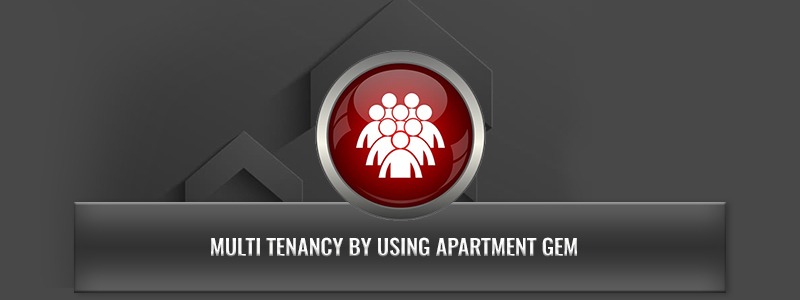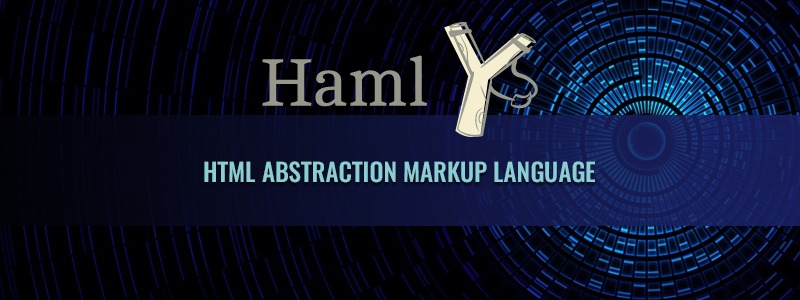Every customer is having their own software instance, own DB and it serves for only one customer. Here, the software can be customized to meet the specific customer requirements as it is independent.
Multi tenancy:In this case, single instance of software application serves multiple customers. Here, we call each customer as a tenant. Here we can modify the UI rules and business rules but cannot modify application code since the same architecture is shared by multiple customers. It is economical since the software development and maintenance costs are shared between customers. But updates can be done by provider only.
 Advantages:
1. Single hardware that manages multiple customers.
2. Cost savings. Cost can be shared between all the customers.
3. Easy maintenance
4. Configuration can be changed without touching codebase.
5. New tenants can be added easily since it is a shared architecture.
Disadvantages:
DB customization will be difficult to handle since it is a single DB shared between multiple customers with different tenants.
There are milia, acts_as_tenant and apartment gem to handle multi-tenancy in the Rails application.
Apartment Gem:
Advantages:
1. Single hardware that manages multiple customers.
2. Cost savings. Cost can be shared between all the customers.
3. Easy maintenance
4. Configuration can be changed without touching codebase.
5. New tenants can be added easily since it is a shared architecture.
Disadvantages:
DB customization will be difficult to handle since it is a single DB shared between multiple customers with different tenants.
There are milia, acts_as_tenant and apartment gem to handle multi-tenancy in the Rails application.
Apartment Gem:
This gem adopts a different way to deal with multi tenancy. It works by making another DB for each tenant. For PostgreSql, it creates another Schema for each tenant. I like this approach in light of the fact that, for this situation, the information is really disengaged. The database is not shared and on the off chance that you need to erase a client’s information, all you need to do is to simply drop their database (or pattern). It also supports Elevators and allows for the automatic switch between the customer’s tenant and thereby automating the switching logic.
This gem helps us to deal with multi tenancy in Rails application. Add the line below, to your Gemfile and perform bundle install.gem 'apartment'bundle exec rails generate apartment:installconfig.excluded_models = %w{ Tenant } rails g scaffold Customer name:string tenant_domain:stringrails db:migrateApartment::Tenant.create('tenant_name') - To create tenantdef create_tenant
Apartment::Tenant.create(tenant_domain)
endRails.application.config.middleware.use 'Apartment::Elevators::Subdomain'Apartment::Tenant.switch!('tenant_name')config.middleware.use 'Apartment::Elevators::FirstSubdomain'Apartment::Elevators::FirstSubdomain.excluded_subdomains = ['www']Apartment::Elevators::Subdomain.excluded_subdomains = ["public", "www", and "admin" ]config.middleware.use 'Apartment::Elevators::HostHash', {'example.com' => 'example_tenant'}Apartment::Tenant.drop('tenant_name')



